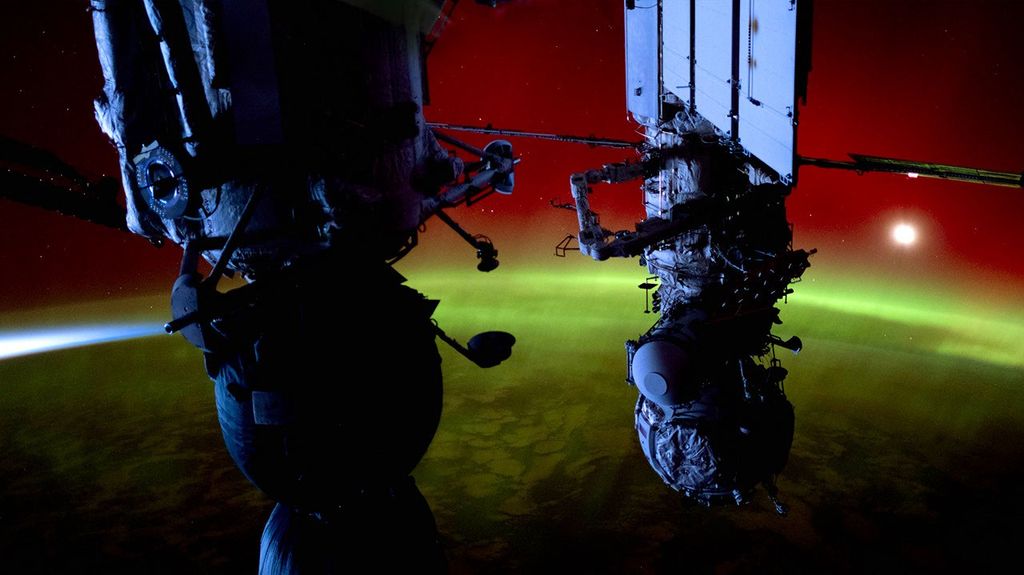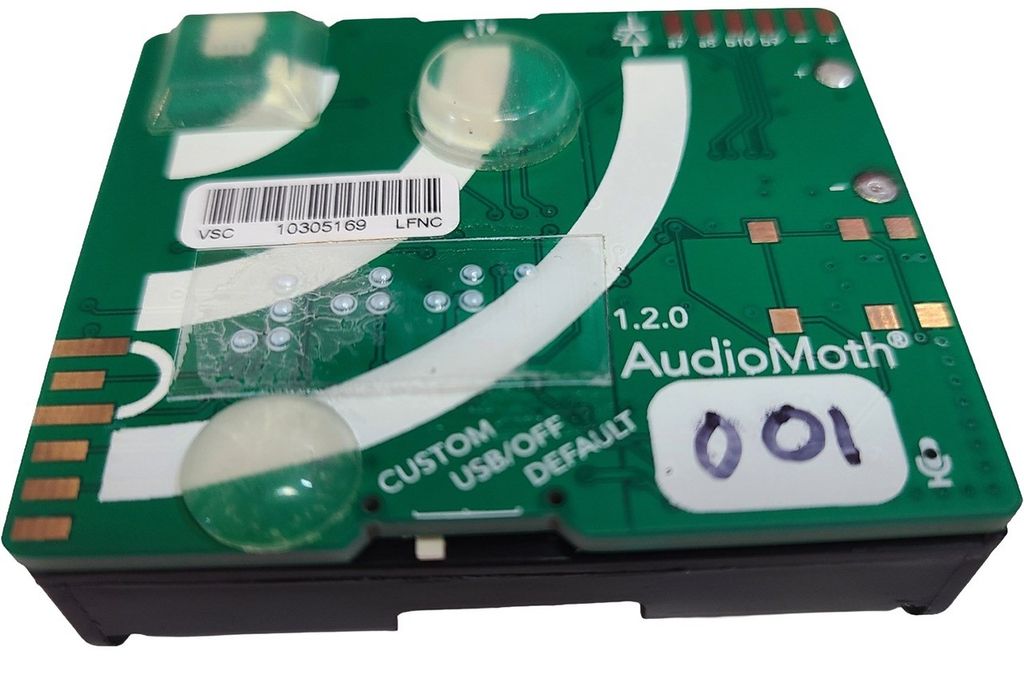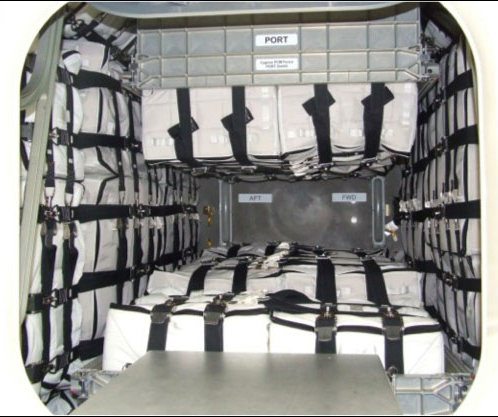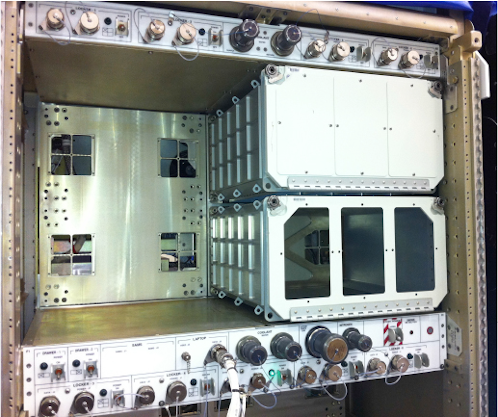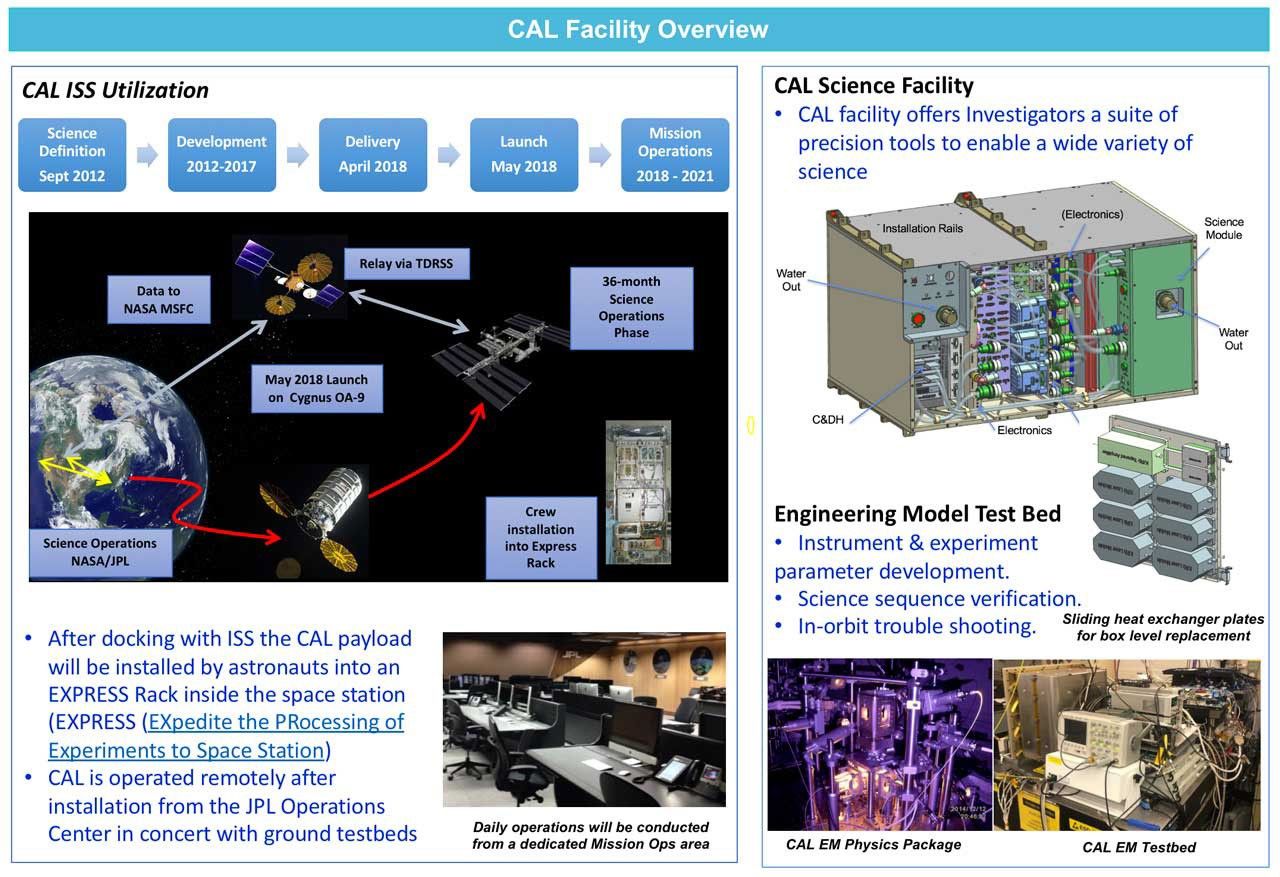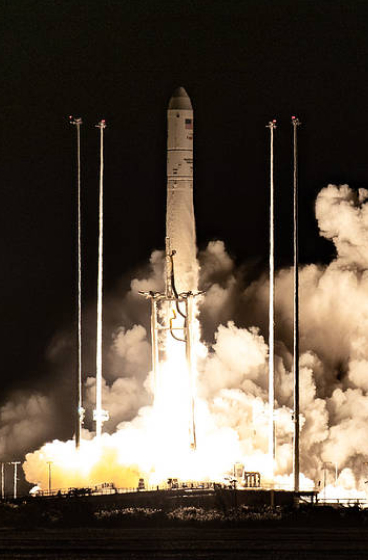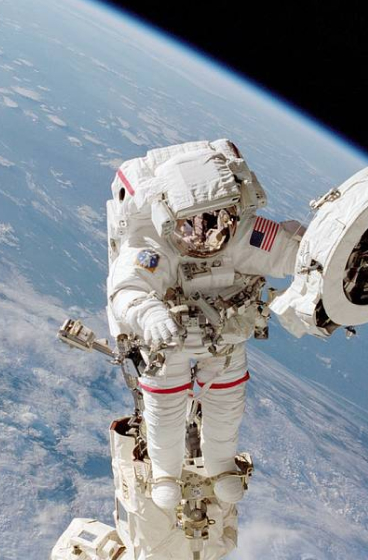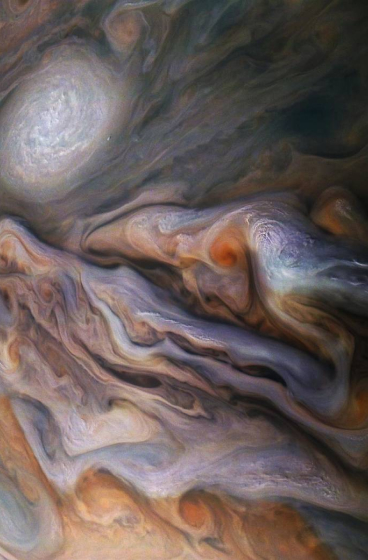What We Do
Our Mission
The Cold Atom Lab is a facility for the study of ultra-cold quantum gases in the microgravity environment of the International Space Station (ISS). It enables research in a temperature regime and force free environment that is inaccessible to terrestrial laboratories. In the microgravity environment, observation times over 10 seconds and temperatures below 100 pK are achievable, unlocking the potential to observe new quantum phenomena. The Cold Atom Lab facility is designed for use by multiple scientific investigators and to be upgradable/maintainable on orbit. The Cold Atom Lab will also be a pathfinder experiment for future quantum sensors based on laser cooled atoms enabling exquisitely precise measurements of a wide variety of phenomenon.
The Cold Atom Lab launched May 21, 2018 on a Pressurized Cargo Vehicle in soft-stowage. After docking with ISS the Cold Atom Lab payload was installed by astronauts into an EXPRESS (EXpedite the PRocessing of Experiments to Space Station) Rack inside the space station (pictured above). The EXPRESS Rack provides a standardized power, data, thermal, and mechanical interface to scientific payloads. The Cold Atom Lab occupies a quad locker space due to its size and power requirements. The payload is operated remotely via sequences control from the Earth Orbiting Missions Operation Center (EOMOC) at the Jet Propulsion Laboratory (pictured below). CAL has been operating continuously since June 2018 as a multi-user facility for the study of quantum matter in the persistent microgravity environment of the ISS.
A NASA Research Announcement was released on July 11, 2013 to solicit proposals from academic and research institutions to utilize the Cold Atom Lab facility. From this NRA, seven flight investigators were chosen to perform a variety of experiments studying quantum matter in space.
Science Mission Objectives
The Cold Atom Lab science mission objectives are derived from the microgravity decadal survey. The Cold Atom Lab utilizes the microgravity environment of the International Space Station (ISS) to form, create, and study ultra-cold quantum gases. The Cold Atom Lab is a technology and science pathfinder mission for future experiments involving cold atoms, while at the same time it enables a world-class group of scientists to perform investigations in a unique environment.












